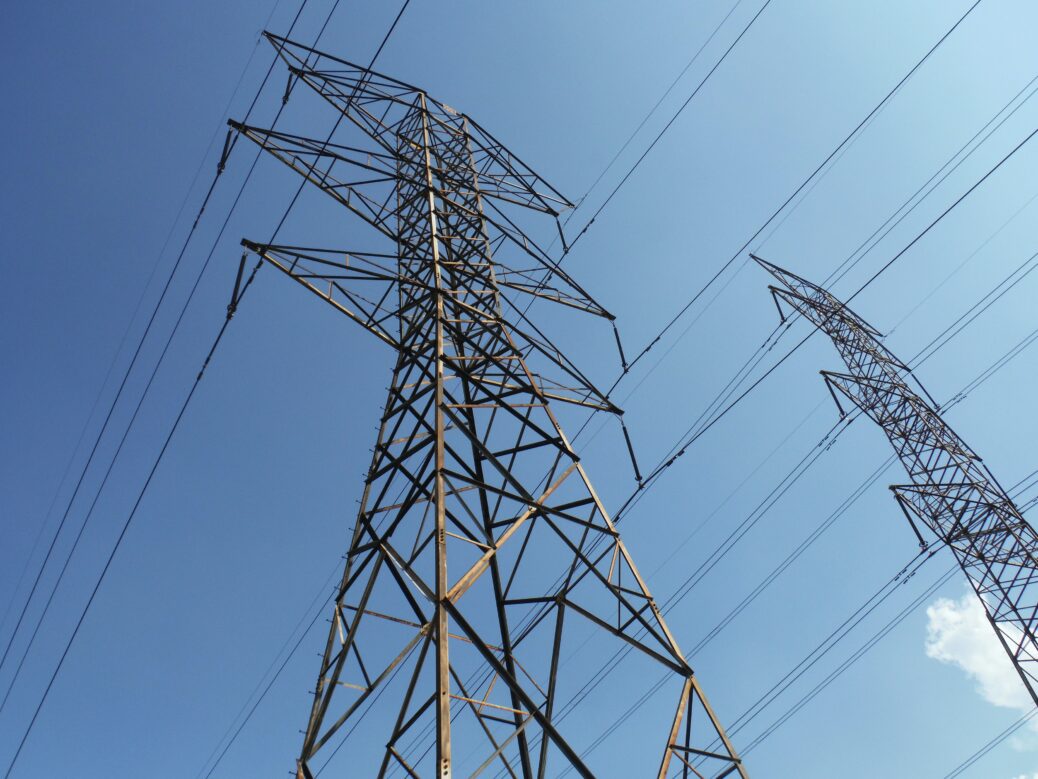Structural steels are not only used in the construction industry. In view of its place in the literature, structural steels are generally low carbon high strength steels with certain shapes, classified by use. In other words, when steel is classified according to the field of use, the steel class used to build something is called structural steel. When it is said to build something, buildings, bridges, factories, etc. are the first structures that come to mind, but many parts that are used as supporters fall into this class. It has a wide range of applications such as wind and gas turbines, heaters and coolers, automotive frame parts, pipes, trains, ships, different machine parts. Although the construction sector is the largest player in the class, it is also a material class that is demanded by manufacturers in different sectors.
Need for Steel
It is very difficult to ascend speedily in many respects. However, steel structures form the basis of the fastest built tallest structures of civilization. Thanks to the high-rise buildings, energy and space savings have been achieved in many cities, and multi-purpose buildings have been opened. Vertical structures bring many opportunities, not only for accommodation or office spaces, but also for production.
Building steels are used in high-rise buildings to maximize the safety of accommodation and at the same time played a major role in increasing the interaction of people, especially in business life. It is also as successful in setting the limits of private life. Apart from living areas, the capacity of warehouses, which is one of the most important stops of logistics today, has been increased and more centralized. Another important element is that vertical agriculture is one of the best examples of sustainable production. Consequently, structural steels are the best material that has been able to adapt to all these developments, mostly and even pioneered.
Some relevant applications: housing, offices and factories, bridges and overpasses, barrages, warehouses, skyscrapers, stadiums, airports etc.
Power of the Steel
Today, structural steels are used in all renewable energy fields. There are key roles in nuclear energy, geothermal, hydroelectric power plants, solar and wind power. In addition to increasing energy efficiency, it also has structural tasks for energy generation and distribution. It is still used in the energy produced with fossil fuels, which are the main sources of our energy.
Structural steels are one of the main materials that enable this whole world to access energy on a large scale. It is highly preferred in the energy sector with its advantages such as high strength, conformity to corrosion resistant design, ability to work at high and low temperatures, fatigue resistance and ease of maintenance. The adaptation of steel to the speed of innovations in the energy sector is seen through the use of renewable energy in all areas. The power of the steel itself, which can be reused in unlimited cycles, comes from its adaptability and sustainability.
Some relevant applications: solar panels, storage tanks, wind turbines, wave power systems, transmission lines, transformation stations, tubular towers, jumbo sections, bars for hydraulic pistons and gears etc.
Big Robots
Of course it may be possible to write Transformers here in the future but they are alien for now. In today’s big robots drive by people in every industry to install or build something, in production, agriculture, construction, mining, aviation, landscaping, road construction, in other words.
These machines are always designed according to the task purpose. Sometimes it is necessary to design a machine such as tower crane to carry long loads, high and narrow space as well as heavy loads. Sometimes it is necessary to design harvesting vehicles suitable for entering agricultural areas, which can move in harsh terrain conditions and sometimes big furnaces suitable for years to work at high temperatures. It is no longer wrong to call them big robots because of the increased automation of these machines.
Some relevant applications: agricultural machinery, construction plant and equipment, mining equipment, defense industry equipment, roadside assistance vehicles etc.
Steel on the Track
In logistics applications, structural steels are always on the move. The biggest contribution to the sector is to strengthen the sector in terms of sustainability and security. Construction of infrastructure in rail systems or roads, construction of stations, vehicle body designs suitable for aerodynamic conditions, important load bearing and transmitting system components are among the areas where structural steels are used.
As the speed of transportation increases, the conditions that force the material change and continuously higher mechanical properties of lightness, strength, toughness, impact resistance, etc. are desired. Fuel and energy saving has become more important with these features in the logistics sector. In this regard, structural steels still seem productive.
Some relevant applications: railway wagons, rail system components, containers, truck and semi-trailer truck bodies, automobile chassis and skeletons, public transportation vehicles, pipe systems, lifting systems, etc.
Mega Structures Floating in Water
Underwater exploration, extraction of natural resources, fishing, maritime transport and cargo, entertainment in water parks have created the need for structures built in the sea or floating in the sea after construction. Preventing corrosion of steel where water is abundant is the biggest challenge in these areas of use. Preventing corrosion in these areas is a problem not only for steel but also for many materials with mechanical values that can be used structurally. Steel structures continue to show the best strength, flexibility, speed, safety and corrosion resistance at the cheapest price.
Especially at sea, pressure forces play an important role in material selection. In this area, the desired shape of the material can be easily given and high resistance to external forces provides an advantage to structural steels in material evaluation. The geometry of the parts must be designed according to hydrodynamic conditions. Freedom of design processes is one of the biggest advantages of steel structures.
Some relevant applications: offshore wind turbines, platforms, risers, pipes, submarines, shipbuilding and marine structures, ports, exploration accessories and equipment etc.
References:
Sustainability
https://tucsa.org/tr/celik_yapilar_arsiv.aspx
https://www.worldsteel.org/en/dam/jcr:4864507f-7f52-446b-98d6-f0ac19da8c6d/fact_Advanced+steel+applications_2016.pdf
https://constructalia.arcelormittal.com/files/RENEWABLE_EN–2cd94b8b34e6d1c5ded72a6ec50a50fc.pdf
https://www.gminsights.com/industry-analysis/structural-steel-market
https://en.wikipedia.org/wiki/Structural_steel


